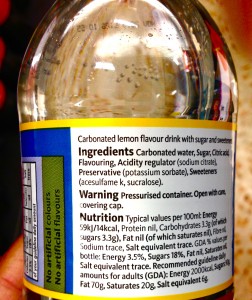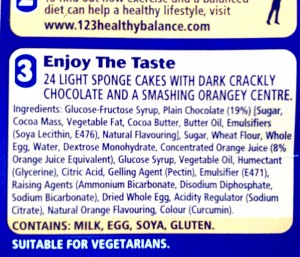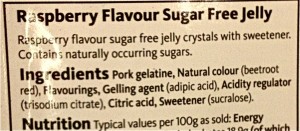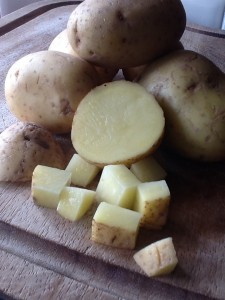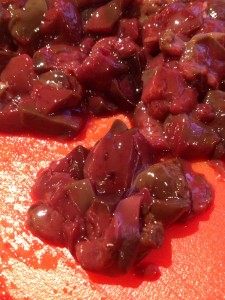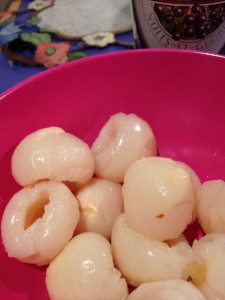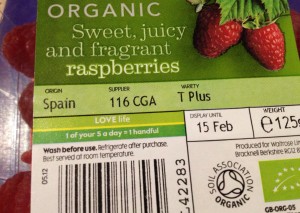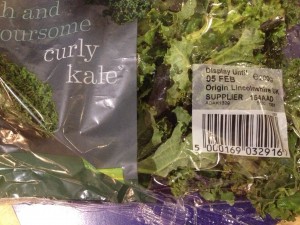Sweeteners
Sweeteners were developed to replace sugar after sugar was discovered to be the cause of tooth decay and linked to obesity related diseases. The idea behind them is essentially to provide the sweetness but not the same energy intake and still give the sweet aspect to taste that many people are used to, and perhaps even addicted to. Sweeteners cannot completely replace sugar as the sugar element in some processed foods, like cakes, also performs other functions such as retaining humidity (humectant) and provides bulk and structure to the finished product.
Typical products that use sweeteners heavily are:
- Sodas, alcoholic and non-alcoholic drinks etc.
- Sweets/candy – chewing gum and mints are reliant on sweeteners
- Desserts, ice creams etc.
- Many baked goods and processed foods both sweet and savoury, including dressings, sauces and bread
- Breakfast cereals
- Many medicines
Commonly used sweeteners are:
(they are gauged for their sweeteness against sucrose – the chief compound in cane and beet sugars aka table sugar…yeah the white stuff that you all know I hate…!)
‘Intense’:
- Aspartame (E951) – sweetness value 200 times higher than sucrose.
- Aspartame-K (E950) – a synthetic compound that mixes well with other sweeteners to create either more complex taste or greater levels of sweetness. It has a sweetness value 300 times higher than sucrose.
- Saccharin (E954) – a synthetic compound that is rarely used alone now and 300 times sweeter than sucrose.
- Sucralose (E955) – the ‘strongest’ of sweeteners with sweetness value of 600 times that of sucrose.
‘Bulk’:
- Sorbitol (E420) – carbohydrate like structure but only just over half as sweet as sucrose. A preferred sweetener for diabetic purposes.
- Xylitol (E967) – created to match the sugar sweetness of sucrose so it is much sweeter than sorbitol. Used in similar quantities therefore to sugar and sold in shops in bags to use as such. It is a naturally occurring substance in many plants and suitable for diabetics and even heralded as an active anti-cavity aid as it prohibits the growth of bacteria (it’s chemical composition means bacteria and yeasts cannot make use of it to ‘feed’ themselves).
‘Artificial’ or ‘intense’ sweeteners like aspartame, saccharin, and acesulfame-K are many, many times sweeter than sugar and are only needed subsequently in very small amounts. Increasingly these are used in combinations to create ‘superior taste profiles’ which mirror the complexities of the natural taste of sugar and require fewer sweeteners over all. The defense of their use therefore notes that this not only creates tooth-friendly foods but also reduces calories significantly due to the minute amounts used. (Those against them argue this ‘taste profiling’ also makes them more addictive.)
‘Bulk’ sweeteners like sorbitol (used as a combination humectant, sweetener and emulsifier), xylitol and maltitol (E965 – used as a combination sweetener, humectant and stabilizer) can have from 35% – 100% similar sweetness to sugar and so they are used in similar amounts to sugar. They are also tooth-friendly and are considered suitable (or at least more suitable) for diabetics as they have a significantly reduced glycemic index, although they have laxative properties if consumed in large amounts resulting in mandatory warnings on product packaging.
Sweeteners also became popular as part of weight loss programs. Sugar began to be replaced with non-calorific or reduced calorie sweeteners in many popular items (this was also a boon for diabetics (especially sorbitol) as mentioned above). Don’t be fooled by this though! I’ll be posting more thoroughly about this soon but research the arguments against sugar and the role sweeteners play in weight gain…it’s very interesting and it will surprise you! Here’s a taster…
The opposition to sweeteners is strong with pressure groups claiming no good and proper evidence exists to prove that sweeteners do anything whatsoever to help weight loss, specifically. In fact, they say the evidence is strongly available to show the opposite. In essence, the theory is that sweeteners cannot trigger the ‘reward centre’ in the brain in the same way as sugar and then the brain triggers further appetite stimulation to intake the calories (especially carbohydrates) that the sweeteners have created a desire for (in the mouth). Similarly some anti-sweetener groups say that the brain triggers insulin release just based on the expectation that the sweetener creates in the mouth, regardless of the reward centre, potentially causing insulin spikes etc. and all this means more sugars in the body that are not used and subsequently turned to stored fat. Beware…!
Some sweeteners have been linked to cancers in lab animal testing research further raising concerns over their safety especially cumulatively when eaten many times in many products throughout a day. Other noted issues are sleep and anxiety disorders, triggering epilepsy and interference with the progress and efficaciousness of medications – especially anti-depressants (sweeteners are often in medicines too). I’d say the evidence stacked against sweeteners (especially aspartame, aceslulfame-k, saccharin and sucralose) and their effects on fundamental body systems and functions are enough to avoid then until a convincing and conclusive study proves otherwise!
